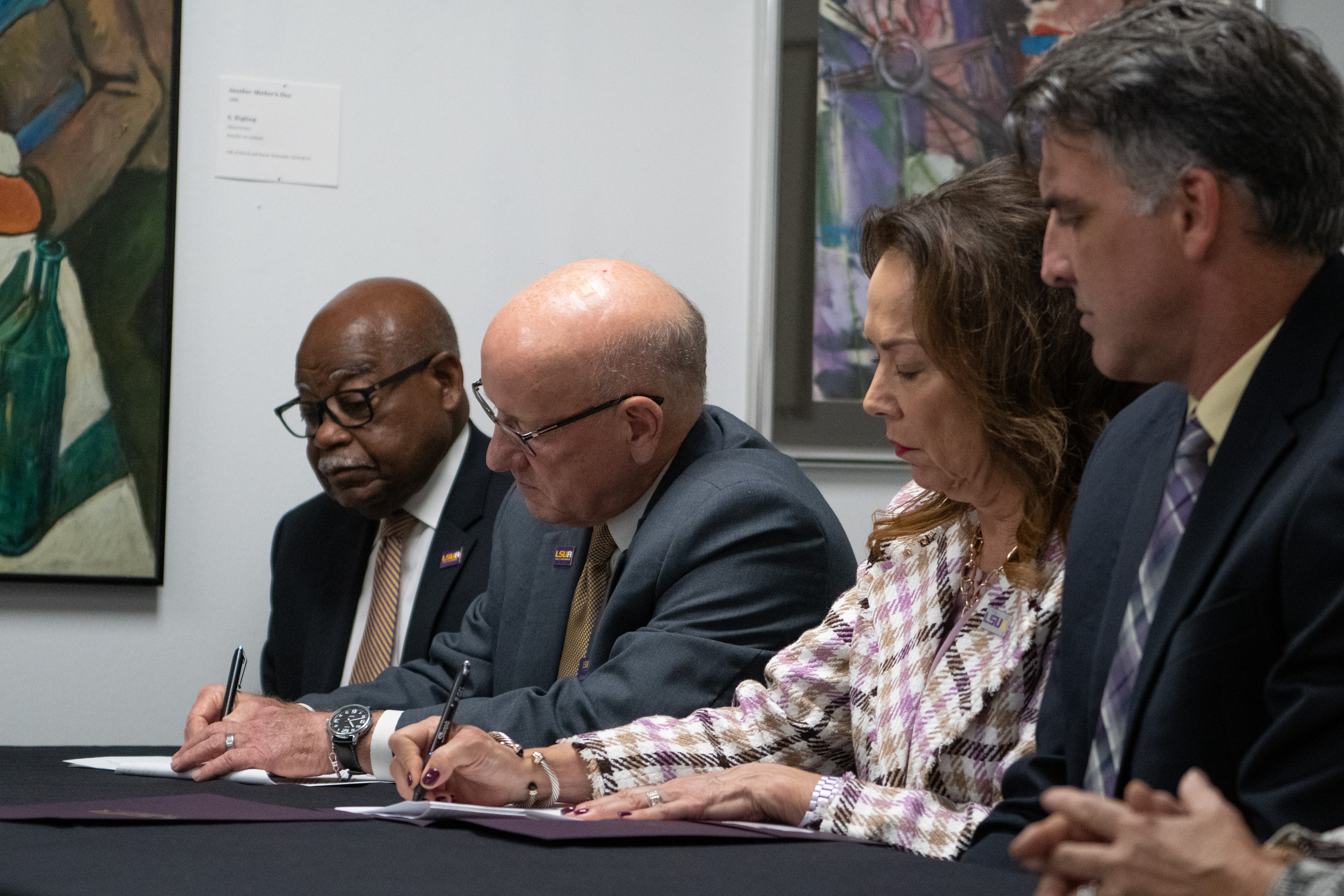Website Accessibility Requirements
In order to comply with the Americans with Disabilities Act of 1990 and the Rehabilitation Act of 1973, Section 504, websites developed by LSUE should ensure that pages are accessible to individuals using a variety of browsing methods. LSUE websites incorporating multimedia, extensive scripting and/or interactive applications must provide important information contained in those features in an alternate text form in order for the information to be accessible to users with hearing or sight impairments.
The University's primary website content management solution, Omni CMS, validates webpages using WCAG 2.1-AA guidelines and WAI-ARIA 1.0 content suite. Content managers are responsible for running the Omni CMS "Accessibility Check" on pages they manage to ensure that individual pages remain in compliance.
Basic Accessibility Checklist
- Semantic Headings - Header tags (h1, h2, h3, etc...) should be used to present semantic meaning or
hierarchical order. Header tags should not be used only as a means to modify the appearance
of text. For instance, don’t use header markup simply because it’s large, bold text.
Assistive technology relies upon the default semantic meaning that is associated with
HTML elements. In particular, the h1 should be used to described the purpose or title
of the page. Headers like h2, h3, etc. should be used for headlines or the identification
of page sections.
- Avoid All Caps - Screen readers may read text that is written in all caps in the HTML and visually as the letters instead of the words.
- Lists - Use lists to group similar information, such as links in navigation menus. Lists promote visual groups of information, which is easier for users to consume. Lists also preserve semantic associations for blind users.
- Links should be clearly labeled, descriptive, and readily identified. Link text should make sense when read by itself; using generic labels like "click here" and "more" without the use of a supplemental description is discouraged.
- PDFs - When linking to PDFs, the link should be set to open in a new window and the link title should indicate that the browser will be downloading a PDF.
- Tables - HTML tables should not be used for layout or to control the style of the page elements. They should only be used to convey information. Tables should never be nested. (Please note, the use of the columned intake tables in Omni CMS are not HTML tables, when the page is published, the intake tables are converted into appropriately coded HTML divisions and styles.)
- Videos should be captioned and a text-transcript available for hearing impaired.
- Images that convey information or meaning must have descriptive alternative text. Charts and graphs may also require additional detailed descriptions so that users can understand their purpose.
- All PDF, DOCX, PPTX files published as resources to view or download must also be accessible.
Content publishers in LSUE's implementation of Omni CMS have the ability to run an accessibility check each time a page is published. When the accessibility check flags an issue, the content publisher should cancel the publish and correct the error. If the content publisher is unsure of how to correct the problem, they should contact OIT for assistance.




